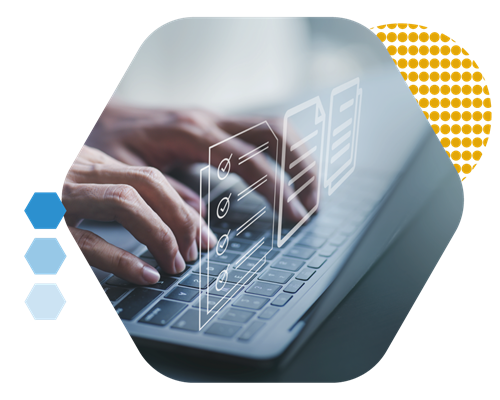How to Use AI for More Effective Work Practices
Artificial Intelligence (AI) is revolutionising the way organisations function, particularly within the human resources (HR) domain. Gen AI, a cutting-edge technology, has been embraced by many vendors, becoming a vital part of modern HR systems. It offers more than just automation; it brings valuable insights into overall business performance through statistical analysis. But to harness these benefits, HR staff must learn to use these tools effectively. So, how can they do that?
Posted 16 August 2023
Creating Effective Tools
The staff responsible for “People Analytics” need to find ways of reporting on the key organisational priorities. AI can provide baselines and benchmarks for comparison. To harness these insights, it's crucial to know how to communicate with AI systems. With careful consideration of the “prompts” used, which may be specific questions or commands, data can be generated that aligns with the priorities in question. Creating these AI prompts will take practice and some time to trial to get the right set that fits your needs.

Privacy Considerations
Please remember that internal organisational data is private and should not be used in any LLM (Large Language Model) modelling unless it is fully aggregated down to statistics. Even then, governance and legal compliance must be respected at all times.
Automation and Digitisation Teams
Much of what AI brings is in the automation of tasks. This requires a deep understanding of the processes and workflows in the organisation. Digitisation teams are becoming a new invention in many organisations, usually matrix teams morphed from a mixture of IT and Operations, led by a Digitisation Analyst. Specific projects need to be identified for areas where challenges or labour-intensive practices are required. Try to keep these small but impactful.

Identifying and Designing New Practices
Identifying the current working practice and designing new automated practices take time. The activity is best done as an iterative process, where obvious tasks best suited to automation are undertaken first and then used to build upon to work through the next stage of the workflow. Not all activities will lend themselves to automation, so significant investment in supporting the workers who need to shift their work activities is required. This includes:
- Identifying new skills.
- Fulfilling training needs.
- Working out the skills profiles for staff.
- Planning the training programmes required.
Experimenting and Testing
Once you have your ideas and innovations identified, it is best to carry out experiments and test the results. AI can give lots of data that are false positives, along with real data, and sorting out what is correct can take some time.
Implementing New Technology
Introducing new technology and new ways of working during an organisational transformation project is best when the outcomes make sense and add to levels of productivity. Staff are looked after and reskilled into better roles.

How eCom can help
Most companies recognise the need to implement new tools and technologies, but the path forward is often less clear. We have many years of experience in supporting organisations on their digital journey, helping them transform their business by embracing new digital technology and enabling them to improve overall productivity and remain competitive. So do please do get in touch – we’d be delighted to assist you too.
Recent Posts
Benefits of Online Assessment for Awarding OrganisationsDriving your performance and compliance
Enhancing compliance through performance management and digital learning solutions
10 Reasons Why You Need A Digital Learning Solution in Your Workplace
Mastering remote & hybrid learning with analytics











